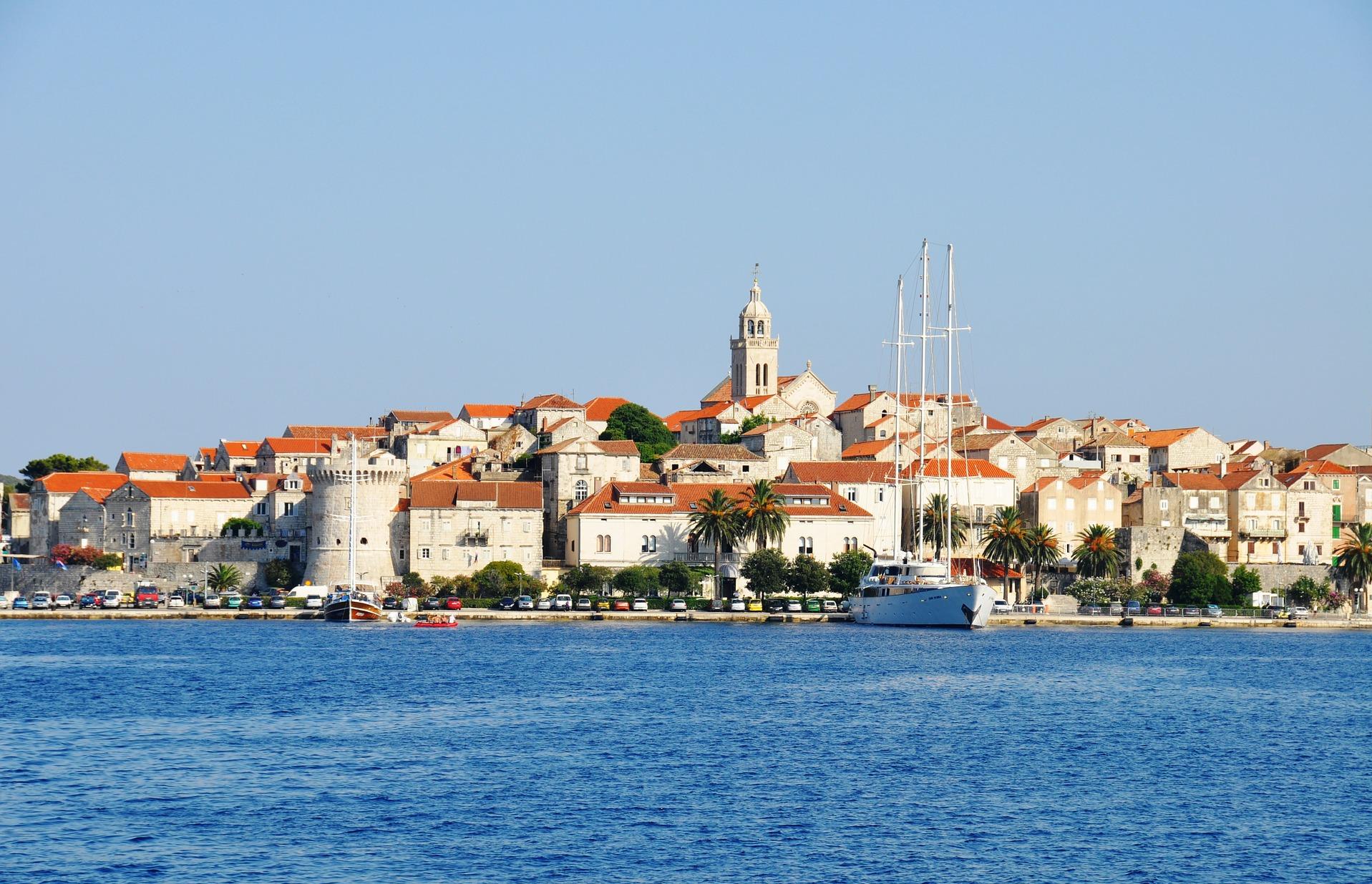
Croatia has more than 1,000 islands off its coast, of which approximately 50 are inhabited, with only 17 islands having populations greater than 1,000 people. Most of the inhabited islands are already connected to and reliant on the national electrical grid. The islands have vast renewable energy potential, particularly for solar power generation. One challenge to understanding energy consumption needs of the islands is a lack of concrete data on the actual number of year-long residents and businesses on each island. Estimates are that actual numbers of those residing full-time on the islands are only one-third of the reported number of residences and businesses. Further complicating a clear understanding of energy needs on the islands is the fact that during the summer tourist season many of these islands see 10 to 15 times higher energy consumption than during the winter months.
This project will advance energy security and access goals on the islands, as well as decarbonization goals through the pivot to renewable sources of energy production. In its Integrated Energy and Climate Strategy and National Development Strategy, Croatia has set ambitious goals for renewable energy as a share of total energy mix, aiming for renewables to account for 36.4 % of the energy mix by 2030. Mapping the energy needs of the islands and helping these local communities improve the energy efficiency of buildings and residences as well as develop sustainable renewable energy production will help Croatia meet its national renewable energy production targets.
